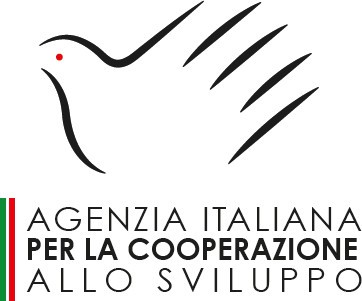| Start date |
May 2017 |
| Objectives |
Migliorare l‘accesso ai servizi scolastici per i minori rifugiati e giordani, anche disabili, del governatorato di Mafraq attraverso la riqualificazione degli edifici scolastici, la formazione dei docenti, attività extracurriculari e il coinvolgimento delle famiglie. |
| Status of the project |
in progress |
| Finanziatori |

– Italian cooperation for Development
– Private donors and supporters of Vento di Terra |
|
|
In Jordan, thousands of new Syrian students enrolled in the last three school years at Jordanian schools, exerting acute pressure on education and infrastructure resources. UNHCR estimates more than 145,000 new Syrian children only from April 2016, but even before the conflict in Syria, 36% of Jordanian public schools were already overcrowded in 2011, eventually reaching about 47% (UNICEF, 2015). Overcrowding is accompanied by shortages of services: classrooms, courtyards, playgrounds, and proper toilet facilities. Buildings are old and didactic spaces lack the minimum standards of quality, regarding lighting, ventilation, heating, accessibility; the absence of scientific laboratories, libraries, sports facilities that can attract interest and develop student potentials play a crucial role in weakening the training offer.
The need to strengthen access to school facilities is even more stringent for disabled students. The proportion of people with disabilities in Jordan is 13.1% and the rate of attendance at the school is extremely low, not more than 5% of the population. According to UNICEF, about 10% or more of Syrian refugee children report a form of sensory, physical or intellectual disability. The accessibility of schools is the main guarantee element for the participation of children with disabilities.
At the same time, the pressure created by the absorption in the Jordanian schools of thousands of Syrian refugees, as well as contributing to the overcrowding of spaces and the decline in the quality of teaching, seems to have hindered access to the school system for the Jordanian children with the absence of true integration, causing social tensions and episodes of violence and bullying among which Syrian students are often victims.
The project envisages two strands of activities:
1 – Structural redevelopment and abolition of architectural barriers for the internal and external didactic facilities of the 3 schools
Special attention will be paid to the maintenance and replacement of sanitary facilities and their adaptation for disabled children access, problems of water infiltration, installation under electrical systems and structural interventions, by knocking down some internal walls to optimize available space. The lack of external spaces suitable for motor and recreational activities has emerged as a primary need in each of the target schools. Regeneration interventions therefore also provide the creation of shaded areas or otherwise sheltered from precipitation through coverage.
2- Realization of training activities specifically aimed at teachers and parents.
The aim of the training is to improve the cross-skills of teachers by providing them with tools to deal with diffuse problems and behaviour among students. Parents’ involvement aims to improve school-family communication and to encourage greater family participation in school life.